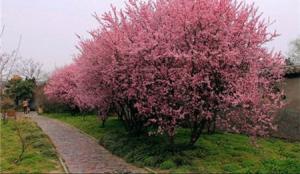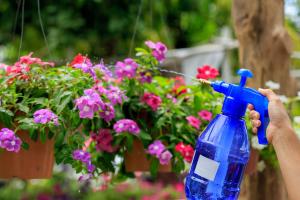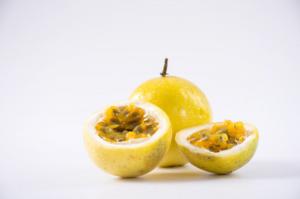Introduction
Air plants, also known as Tillandsia, are low-maintenance plants that can be grown without soil. They are unique in their ability to absorb water and nutrients through their leaves, making them a popular choice among plant lovers. However, despite their easy-going nature, many people struggle with watering air plants properly. In this article, we'll cover the best practices for watering air plants to ensure they thrive.
Understanding Air Plants
Before we get into watering air plants, it's important to understand their unique characteristics. Unlike other plants, air plants do not require soil to grow. Instead, they absorb moisture and nutrients through tiny scales on their leaves called trichomes. These trichomes can be found on the surface of the plant, and they serve as the plant's primary way of absorbing water and nutrients.
How Often Should You Water Your Air Plants?
One of the most common mistakes people make when it comes to watering air plants is overwatering. Since air plants are used to growing in moisture-rich environments, it's easy to assume they need a lot of water. However, too much water can actually harm air plants and lead to rotting or fungal growth.
The frequency of watering air plants depends on a variety of factors, such as the humidity in your home, the temperature, and the size of the plant. As a general rule of thumb, you should aim to water your air plants once a week. If your home is particularly dry or the plant is located in a spot with direct sunlight, you may need to water it more frequently.
How to Water Your Air Plants
When it comes to watering air plants, there are a few different methods you can use. The most common methods are soaking, misting, and dunking.
Soaking involves submerging your air plants in a container of water for 20-30 minutes. This method is ideal for larger air plants or those that require a lot of water. Be sure to use room-temperature water to avoid shocking the plant.
Misting involves lightly spraying your air plants with water using a spray bottle. This method is ideal for smaller air plants or those in a drier environment. Be sure to mist your plants until they are thoroughly saturated, but not dripping wet.
Dunking involves partially or fully submerging your air plants in water for a few seconds. This method is ideal for smaller air plants or those that are easy to maneuver. Be sure to shake off any excess water to avoid rotting.
Additional Tips for Watering Air Plants
To ensure your air plants continue to thrive, there are a few additional tips you should keep in mind when watering:
- Use filtered or distilled water: Tap water can contain minerals that can build up on your air plants over time, leading to damage or discoloration. Using filtered or distilled water can help prevent this.
- Dry your air plants thoroughly: After watering your plants, be sure to shake off any excess water and allow them to dry completely before placing them back in their display.
- Avoid watering in direct sunlight: Water droplets can act like mini-magnifying glasses, intensifying the sun's rays and potentially burning your air plants. Water them in a shaded area or in the morning or evening when the sun is not as intense.
Conclusion
In conclusion, watering air plants can be a simple and straightforward process if you know what you're doing. Remember to water your plants once a week (or more if necessary), and use a method like soaking, misting, or dunking to ensure they get enough water. By following these tips, you can help your air plants thrive and enjoy their unique beauty for years to come.

 how many times do yo...
how many times do yo... how many planted tre...
how many planted tre... how many pine trees ...
how many pine trees ... how many pecan trees...
how many pecan trees... how many plants comp...
how many plants comp... how many plants can ...
how many plants can ... how many plants and ...
how many plants and ... how many pepper plan...
how many pepper plan...































